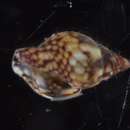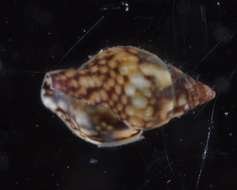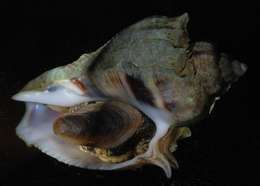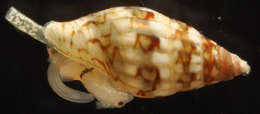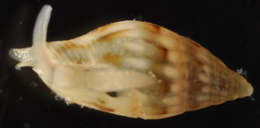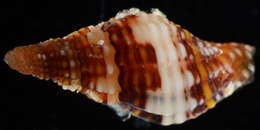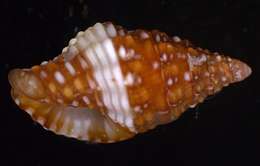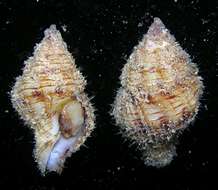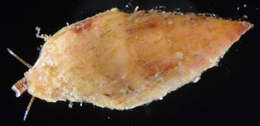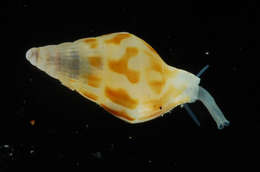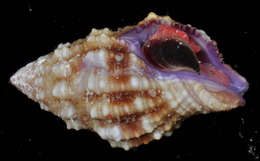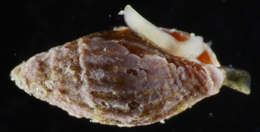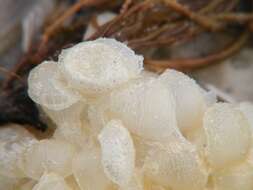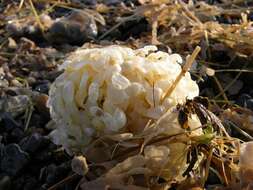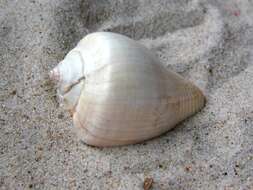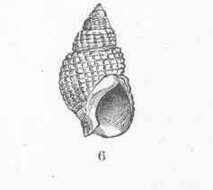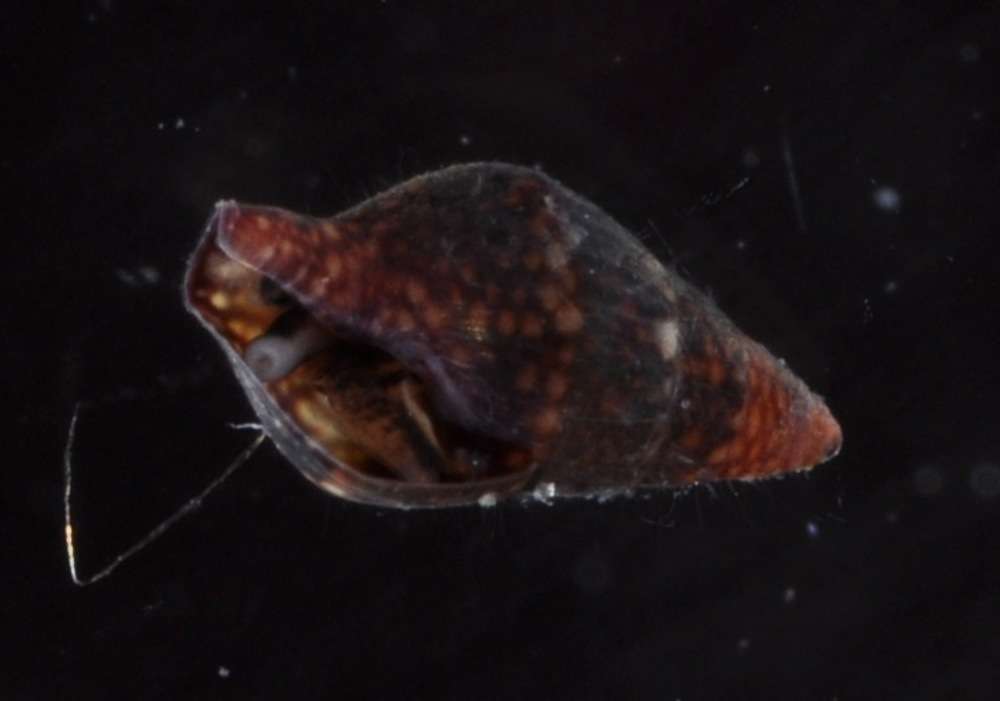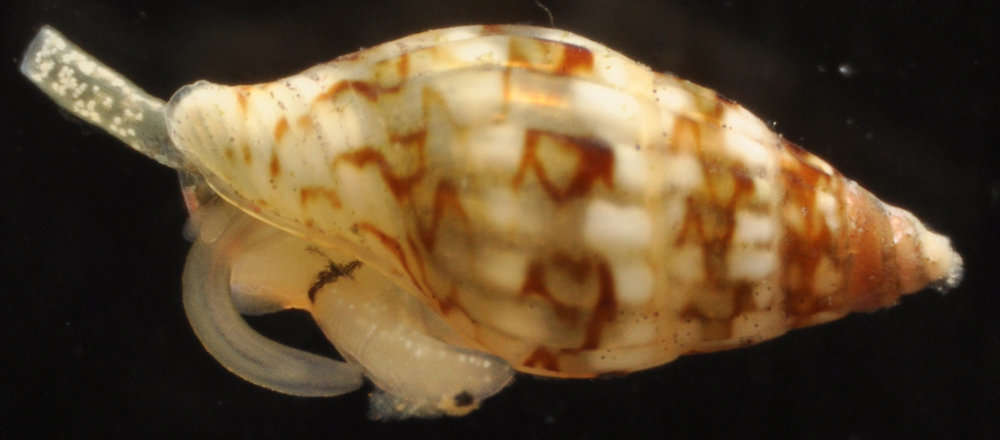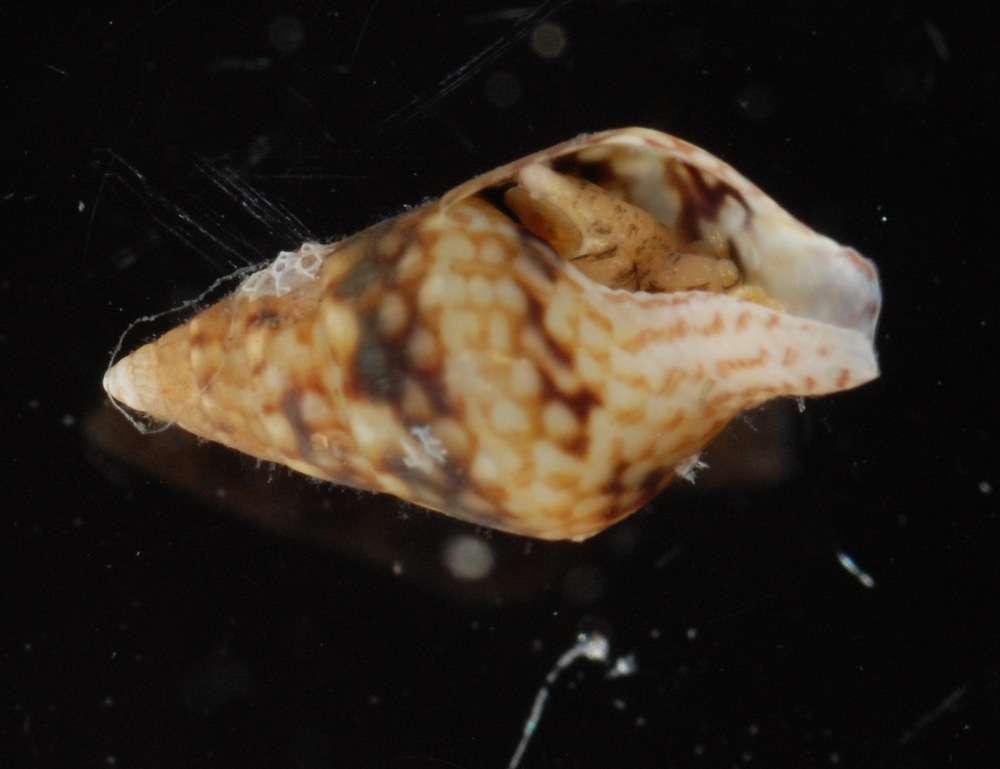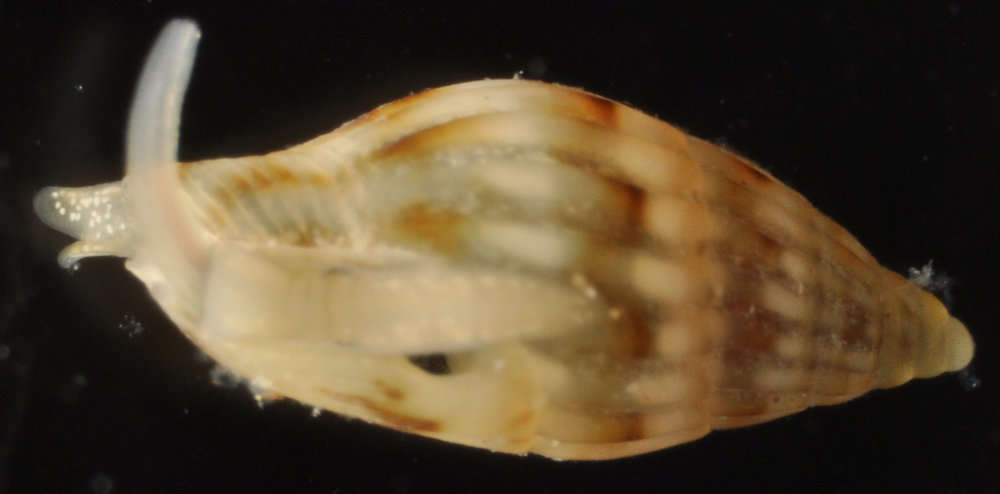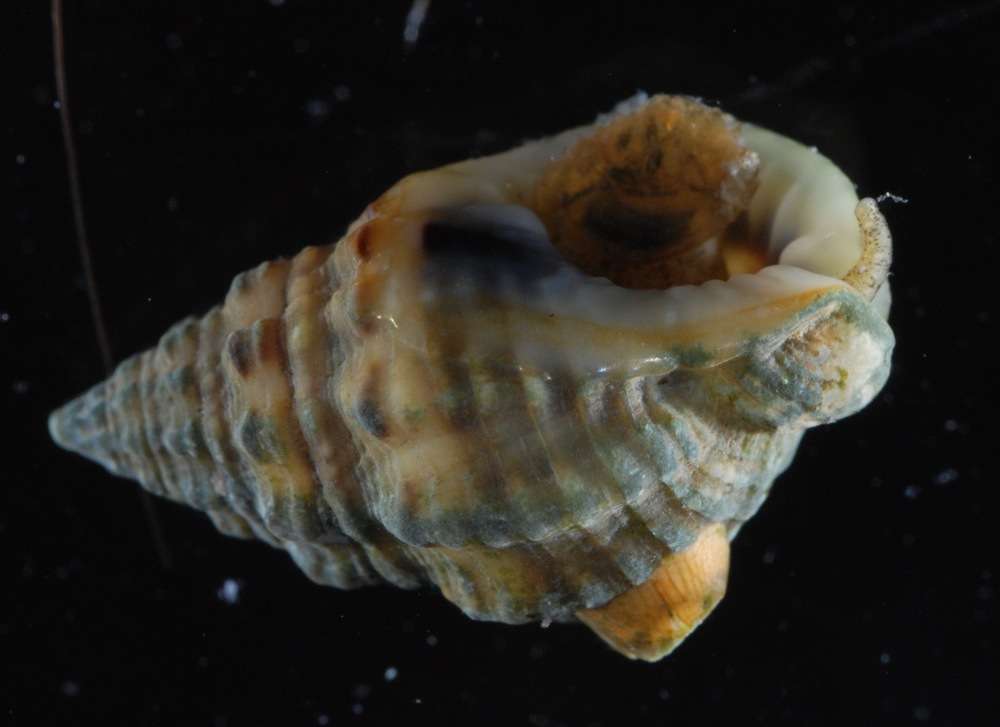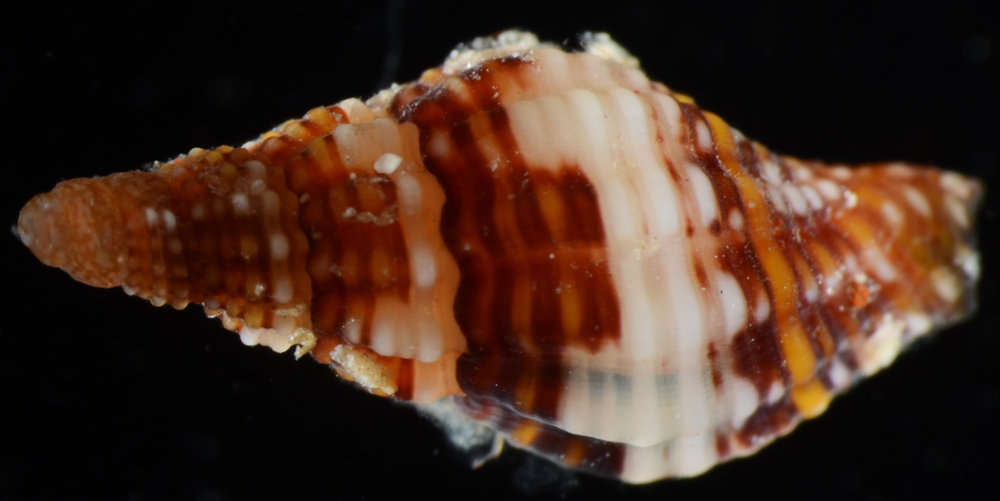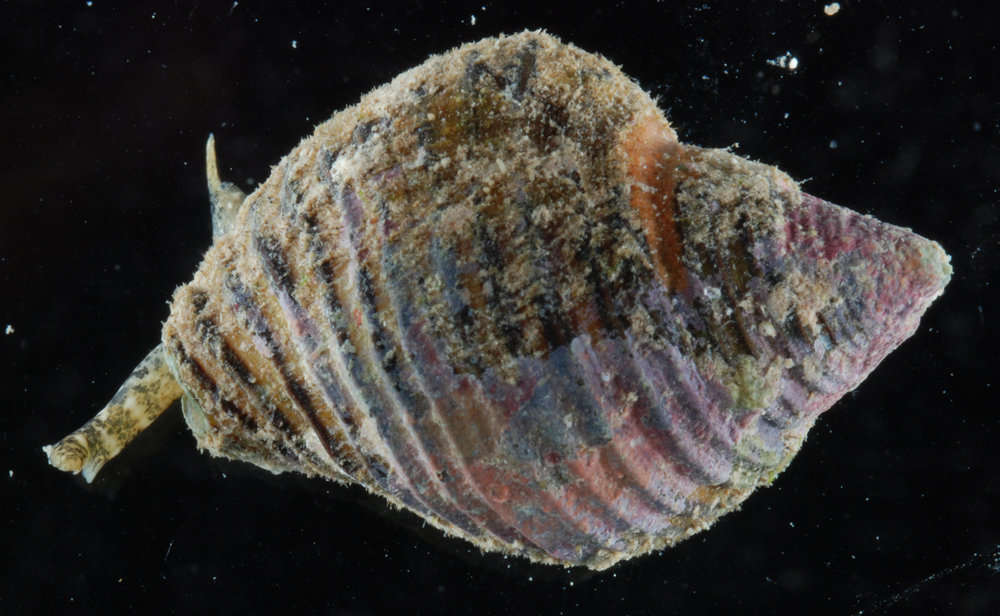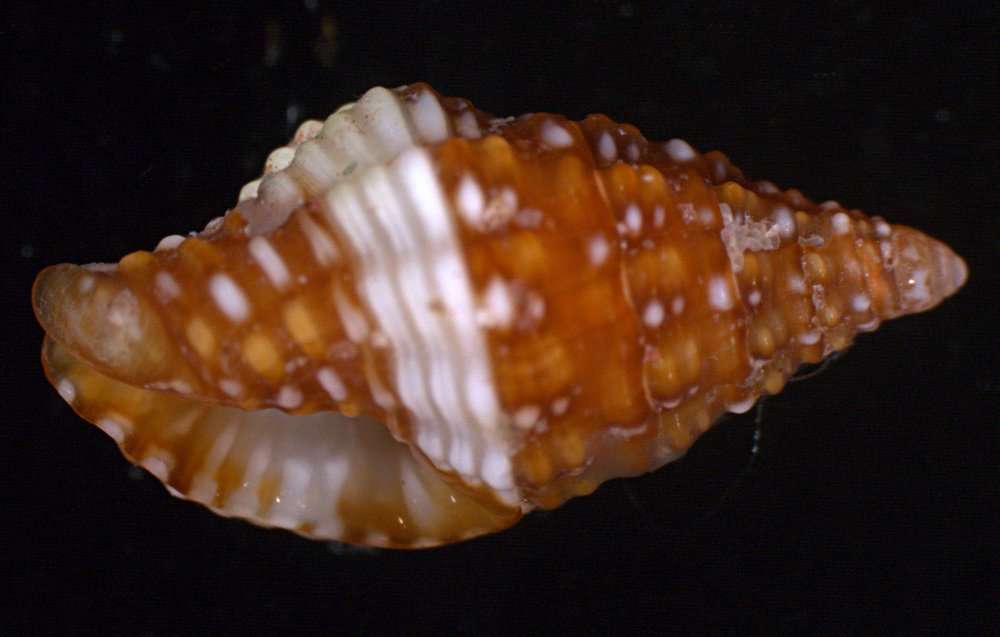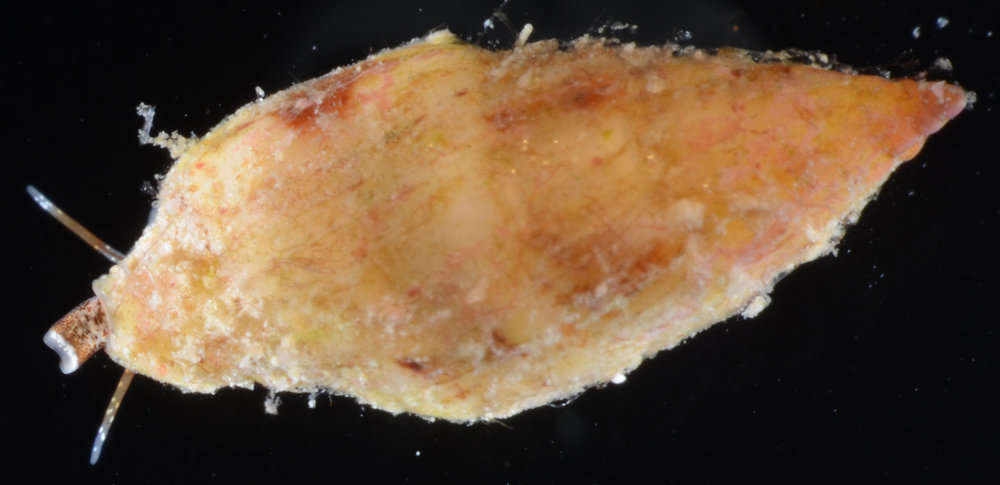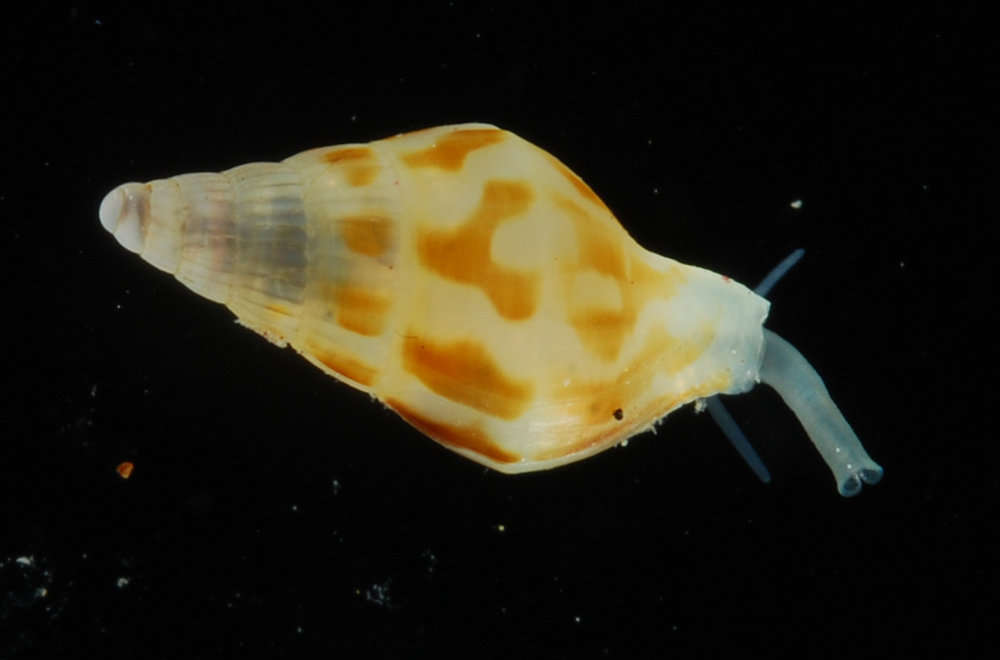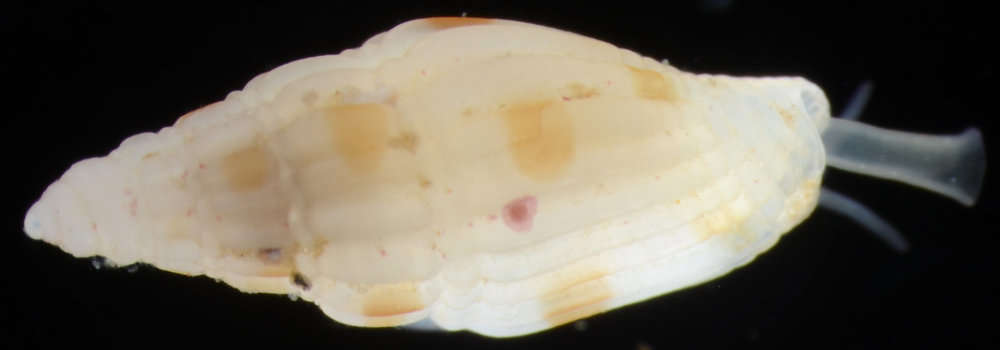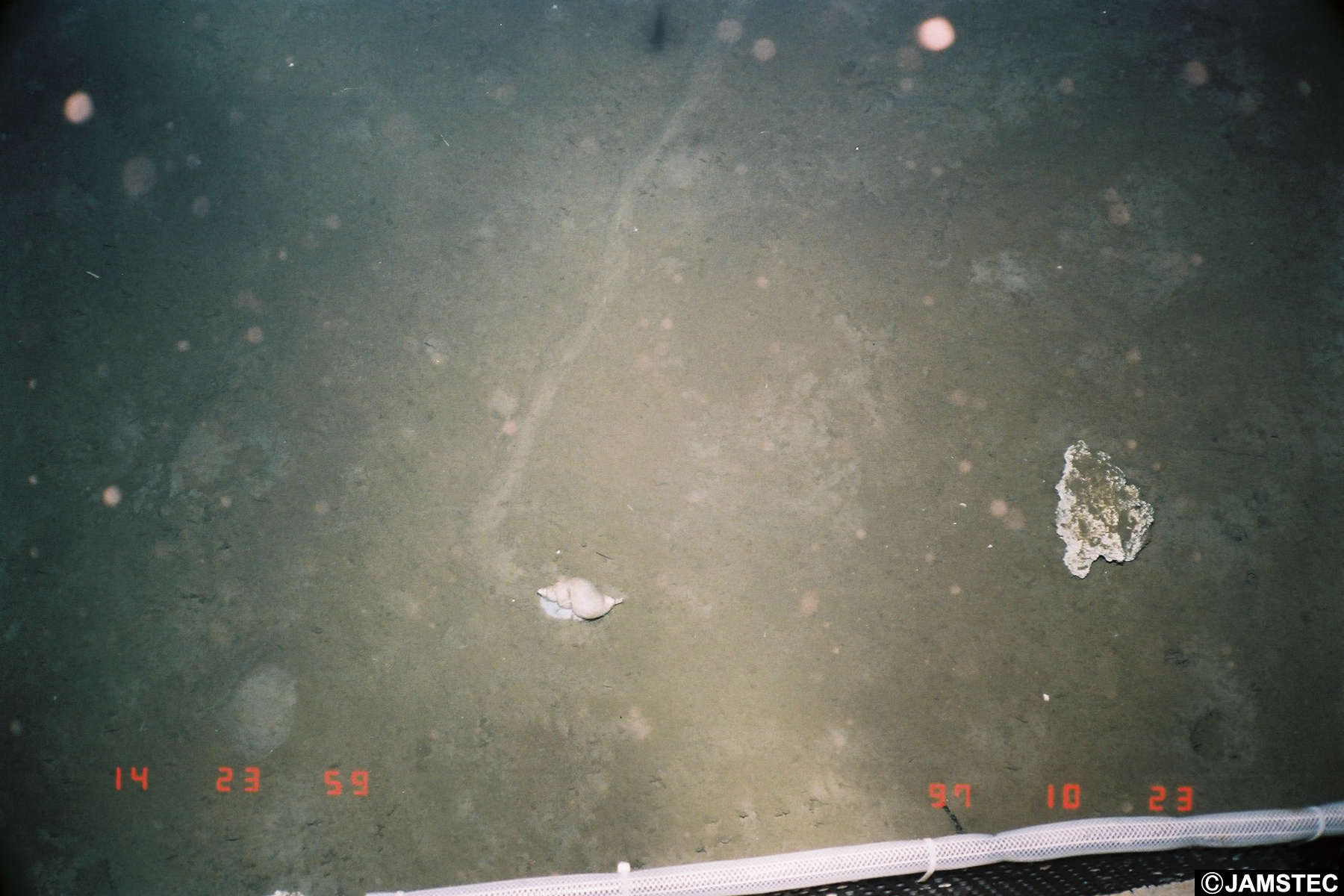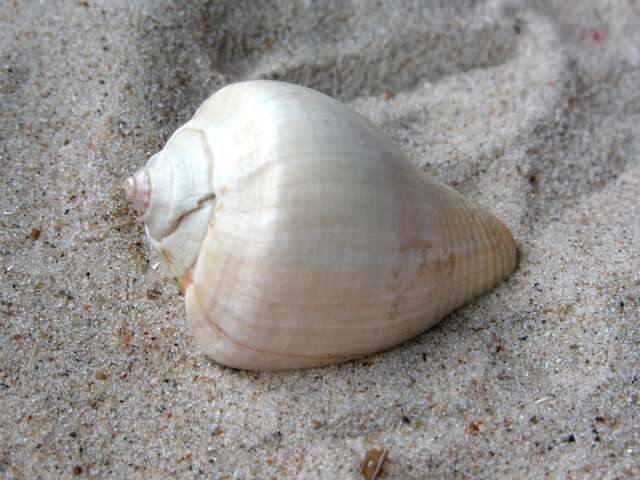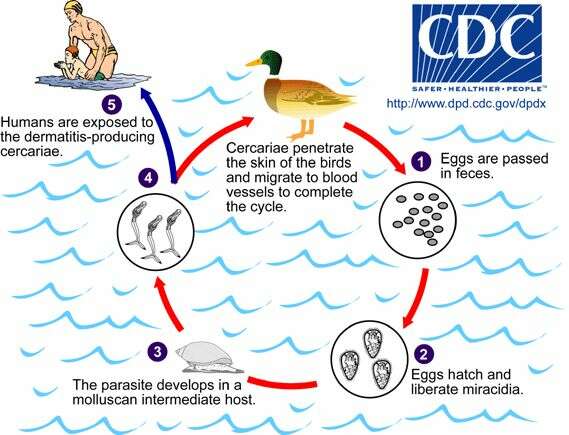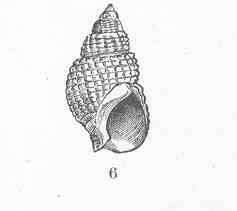-
All Biocode files are based on field identifications to the best of the researcher’s ability at the time.
-
All Biocode files are based on field identifications to the best of the researcher’s ability at the time.
-
All Biocode files are based on field identifications to the best of the researcher’s ability at the time.
-
All Biocode files are based on field identifications to the best of the researcher’s ability at the time.
-
All Biocode files are based on field identifications to the best of the researcher’s ability at the time.
-
All Biocode files are based on field identifications to the best of the researcher’s ability at the time.
-
All Biocode files are based on field identifications to the best of the researcher’s ability at the time.
-
All Biocode files are based on field identifications to the best of the researcher’s ability at the time.
-
All Biocode files are based on field identifications to the best of the researcher’s ability at the time.
-
All Biocode files are based on field identifications to the best of the researcher’s ability at the time.
-
All Biocode files are based on field identifications to the best of the researcher’s ability at the time.
-
All Biocode files are based on field identifications to the best of the researcher’s ability at the time.
-
All Biocode files are based on field identifications to the best of the researcher’s ability at the time.
-
All Biocode files are based on field identifications to the best of the researcher’s ability at the time.
-
All Biocode files are based on field identifications to the best of the researcher’s ability at the time.
-
All Biocode files are based on field identifications to the best of the researcher’s ability at the time.
-
-
Item Type: Video Title: Whelk Species: Colus jeffreysianus Behaviour: Travelling, feeding, crawling on seaflor Site: Atlantic -- Gulf of Mexico -- Tiger Site Description: Seafloor Depth (m): 2750 Latitude: 26 deg 10' 48" N Longitude: 94 deg 37' 23" W Countries: Mexico -- Gulf of Mexico Habitat: Tropical Muddy Sand Rig: Discoverer Deep Seas Project Partners: Transocean, Subsea 7, Chevron USA ROV: Hercules 8 Deposited By: Rob Curry Deposited On: 13 March 2007
-
Øster Hurup
-
Klitmøller, Thy
-
Privat samling
-
Privat samling
-
Centers for Disease Control/Division of Parasitic Diseases and Malaria
EOL staff
Life cycle of avian schistosomes such as Austrobilharzia variglandis causing cercarial dermatitis ('swimmer's itch') in humansHosts of avian schistosomatid trematode flatworms can be either year-round resident or migratory birds, including seagulls, shorebirds, ducks, and geese. Adult worms are found in the blood vessels and produce eggs that are passed in the feces (1). On exposure to water, the eggs hatch and liberate a ciliated miracidium that infects a suitable snail (gastropod) intermediate host (2). The parasite develops in the intermediate host (3) to produce free-swimming cercariae that are released under appropriate conditions and penetrate the skin of the birds and migrate to the blood vessels to complete the cycle (4). Humans are inadvertent and inappropriate hosts; cercariae may penetrate the skin but do not develop further (5). A number of species of trematodes with dermatitis-producing cercariae have been described from both freshwater and saltwater environments and exposure to either type of cercaria will sensitize persons to both.From
Centers for Disease Control Parasites and Health website
-
Tritia trivitata.

